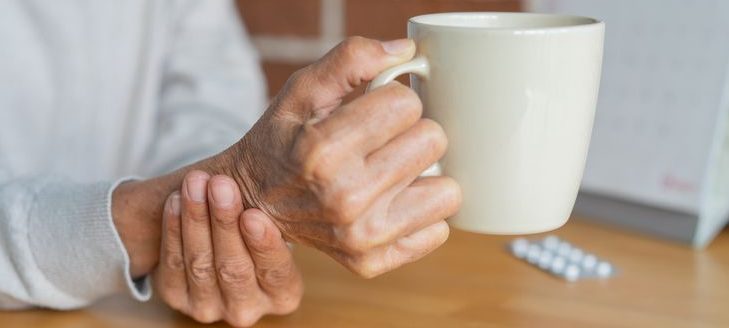Photo Credit: jacoblund
The following is a summary of “Cryo-Induced Hypoalgesia: The Effects of an Acute Cryochamber Exposure on Pain Perception—A Randomised Controlled Cross-Over Trial,” published in the April 2025 issue of European Journal of Pain by Tomschi et al.
Whole-body cryotherapy (WBC) involved exposing the body to extreme cold and was used for therapeutic and sports purposes, though its physiological effects on pain remained under-researched.
Researchers conducted a retrospective study to examine whether a 3-minute cryochamber application led to cryo-induced hypoalgesia.
They performed a randomized controlled study with 24 healthy male participants, including a 3-minute WBC session (cryochamber at −87°C) and a 3-minute control session (ambient temperature). Pressure pain thresholds (PPT [Newton/cm2]) were measured at the rectus femoris, knee joint, deltoid muscle, and sternum before treatment and at post0, post5, post15, and post30.
The results showed a significant ‘condition’ × ‘time’ interaction for PPTTotal (P < 0.001, η2 partial = 0.280), with hypoalgesia observed after WBC (P < 0.001; pre: 77.0 ± 17.2, post0: 89.6 ± 18.6, post5: 83.6 ± 19.4, post15: 83.1 ± 18.2, post30: 80.8 ± 17.7), while no change occurred in the control session (P = 0.873; pre: 75.1 ± 18.8, post0: 75.3 ± 19.4, post5: 74.6 ± 19.2, post15: 75.7 ± 19.3, post30: 75.3 ± 19.1). Similar patterns were found across individual measurement sites, with consistently higher values after WBC. No significant ‘time’ × ‘intervention’ × ‘landmark’ interaction effect was detected (P = 0.439).
Investigators concluded that a 3-minute cryochamber exposure induced hypoalgesia in healthy individuals, evidenced by increased PPT that persisted for up to 30 minutes but gradually decreased.














Create Post
Twitter/X Preview
Logout